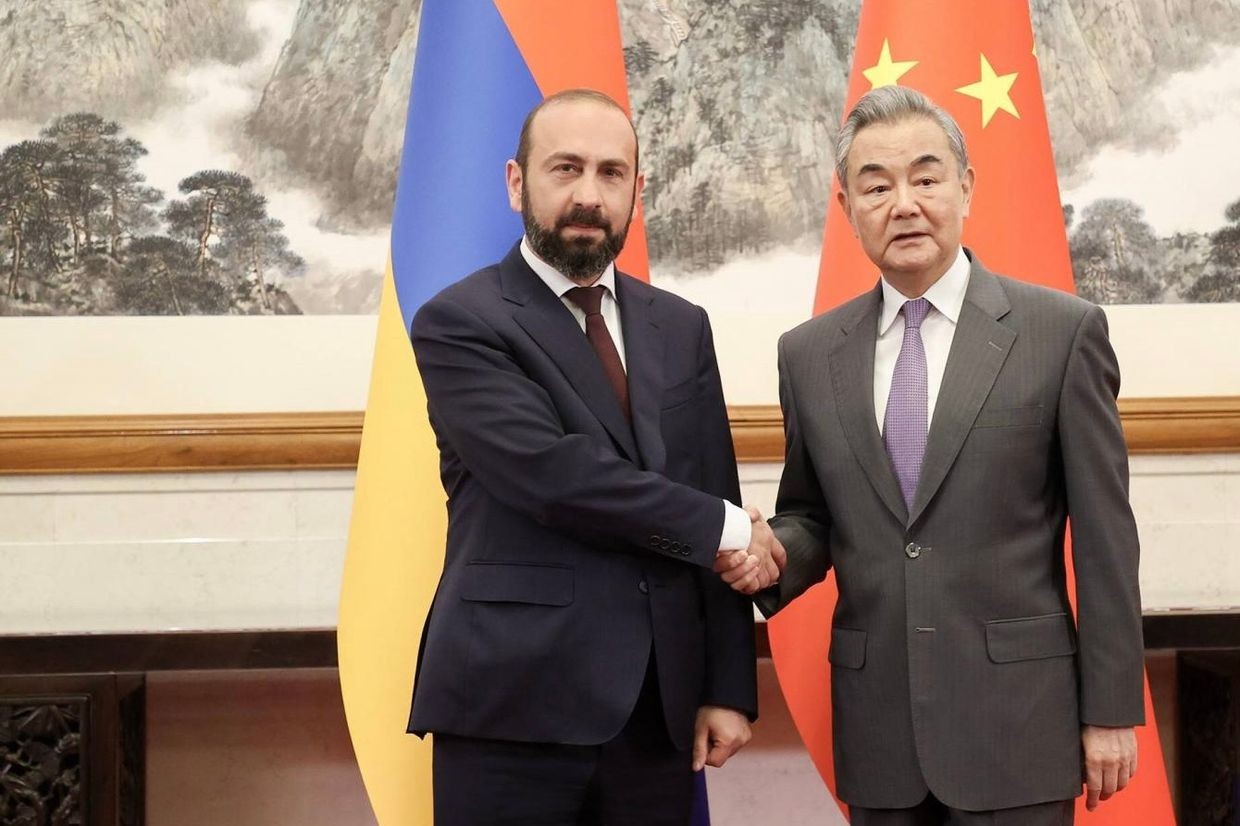Enhancing Bilateral Relations: A Strategic Vision for Economic and Cultural Cooperation

Strengthening Bilateral Relations: A Vision for an Elevated Partnership
In recent diplomatic developments, ongoing efforts have been made to enhance the ties between two nations with a vision to transform their cooperation into a strategic level partnership. The foreign minister leading these efforts highlighted a clear openness and determination to solidify relations without any limitations or restrictions. This reflects an ambitious agenda aimed at not only expanding political dialogues but also deepening economic, cultural, and people-to-people exchanges between the two countries.
The dialogue currently underway is characterized as intense and active, with a mutual understanding of the strategic importance of their relationship. This momentum is bolstered by high-level discussions emphasizing shared interests and readiness to upgrade bilateral cooperation to a new official tier. Such progress is seen as a response to both longstanding historical connections and the evolving geopolitical landscape that calls for stronger partnership frameworks.
Highlighting the multifaceted nature of this bilateral relationship, attention has been drawn to the existing and potential cooperation in trade, infrastructure, culture, and humanitarian exchanges. The expanding commercial ties are particularly noteworthy, as one country has emerged as a key trading partner for the other. Initiatives linked to regional connectivity and transportation networks are also central to this collaboration, potentially turning the partner country into a critical hub within broader regional infrastructure projects aimed at economic integration and connectivity.
One initiative exemplifying this vision is a regional transport proposal that envisions linking neighboring countries through enhanced transport and economic corridors. Positioned at an essential crossroads, the partner country’s role is seen as pivotal in advancing these programs, which align with broader strategic efforts to foster regional cooperation and peace. This project underscores the potential for economic growth and stability through interconnected development.
Moreover, this partnership seeks to go beyond economic interests by cultivating cultural and humanitarian bonds. Direct air communication and visa facilitation policies have contributed to increasing people-to-people contact, reinforcing the relationship’s human dimension. Such measures enhance mutual understanding and create a favorable environment for broader cooperation.
Political dialogue between the two governments is robust, with regular exchanges signaling a high level of engagement. This active communication channel enables both parties to address regional and international issues collaboratively, strengthening trust and strategic coordination. It also facilitates shared commitments to principles such as territorial integrity and peaceful resolution of conflicts.
In the context of regional peace efforts, special attention has been paid to ongoing negotiations aimed at formalizing agreements that would enhance stability in a complex neighborhood. The readiness of one partner to support normalization processes and peace initiatives demonstrates a constructive approach aligned with international expectations and regional aspirations. This approach integrates the partnership into a broader framework of regional security and cooperation.
Geopolitical developments have been a significant topic of discussion, with both parties articulating their positions and perspectives on global affairs. This reflects the maturity of their diplomatic engagement, which balances mutual interests with respect for international norms. It also indicates an understanding of the evolving global dynamics that influence their bilateral relations and regional context.
This comprehensive collaboration strategy is shaped by shared strategic visions and practical efforts to translate dialogue into tangible outcomes. It fosters an environment conducive to sustainable development, peace, and prosperity in the region. The open and unrestricted nature of the partnership holds promise for continued expansion in various sectors, including economic integration, cultural exchange, and political cooperation.
Looking ahead, the commitment to elevate the relationship to a new official level entails expanding the agenda to encompass broader cooperation areas. This includes exploring new avenues for trade, investment, infrastructure development, and people-to-people contacts. The ongoing high-level visits and discussions serve as platforms to reinforce these objectives and translate them into actionable projects and agreements.
As the partnership evolves, it will play an increasingly vital role in shaping regional dynamics. The strategic positioning and economic potential of the partner country, combined with shared interests and political will, are key factors that will determine the trajectory of this relationship. Both sides appear determined to seize this opportunity to build a comprehensive, mutually beneficial partnership grounded in trust, respect, and forward-looking cooperation.
In summary, this evolving relationship stands out as a model of modern diplomacy where historical ties are harnessed to meet contemporary challenges and opportunities. The vision laid out by the foreign minister reflects a positive and ambitious outlook, with an emphasis on openness, mutual benefit, and strategic coordination. With these foundations, the partnership is poised to make a significant contribution to regional stability, economic development, and cultural enrichment, setting a precedent for dynamic international collaboration in the years to come.
